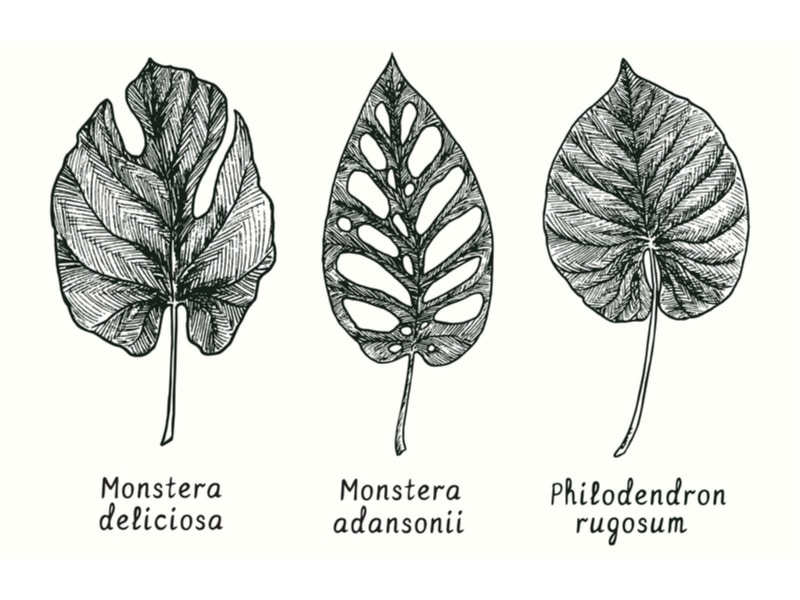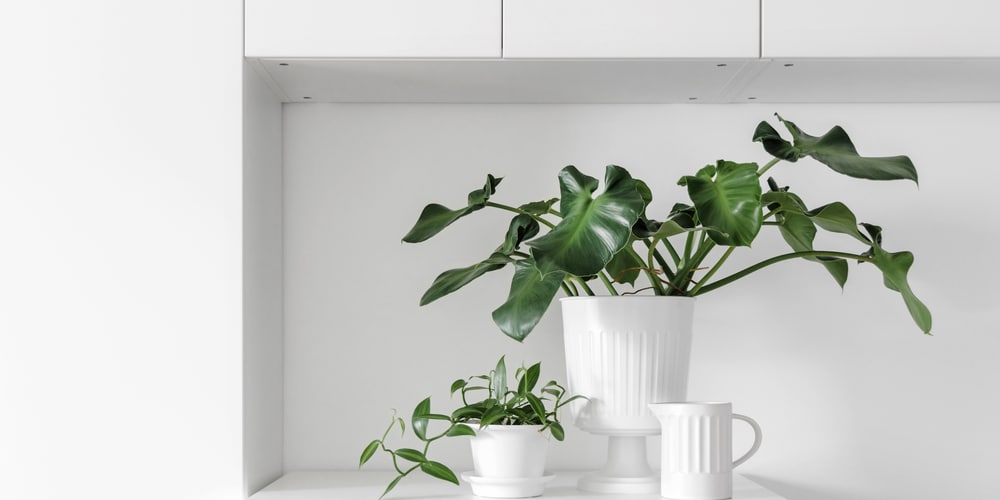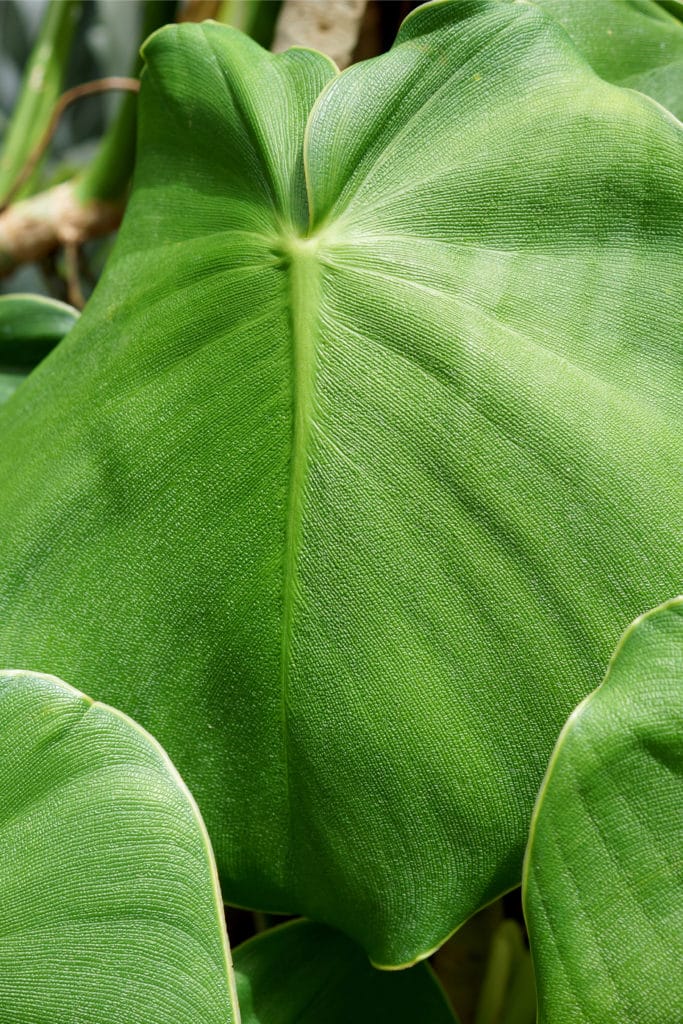Philodendrons are a very popular and easy plant to grow. They can be grown in many locations inside the home and can be kept in the bathroom or kitchen, as these rooms are naturally humid. One of the rarest kinds of Philodendron is the Rugosum which is considered an endangered species.
This plant originates from South America and is found in sub-tropical regions. It’s part of the Araceae family which consists of over 400 species. This article will provide details about how to grow and care for a Philodendron Rugosum.
What is a Philodendron Rugosum?
The Philodendron Rugosum is commonly referred to as the pigskin Philodendron due to its thick, textured leaves. These plants have beautiful heart-shaped leaves, are fast-growing, and can get relatively large.
It is native to Ecuador and is commonly found growing high in the Andes mountains. This plant has unique leaves that often crinkle as they grow and look like pigs’ ears. The plant gets its name from the word ‘Ruga,’ which means wrinkle in Italian.
The Philodendron Rugosum is considered poisonous due to its high oxalic acid content, which may cause skin irritation or swelling in some individuals if mishandled. It’s also toxic to humans and animals if ingested and can cause an upset stomach and vomiting. Keep this plant away from young children and pets.
Philodendron Rugosum Care
Philodendron Rugosum is an easy to care for house plant, which in USDA zones 9 to 11 can be left outdoors year-round. Here are some tips to help your Philodendron Rugosum grow healthy and live for years to come:
Watering requirements
Limiting the amount of water your Philodendron Rugosum receives will result in smaller leaves being formed, so keeping proper moisture levels is essential for good development. Also, keep in mind that the soil should never be allowed to dry out entirely or stay overly saturated with water as either situation could cause possible death.
Waterlogged soil can lead to root rot which will affect the health of your plant. Most people find that they need to water their Philodendron Rugosum between one and three times weekly, depending on the climate and season.
Soil
Philodendron Rugosum thrives in potting mix that has peat moss and perlite. The root systems of the Philodendron Rugosum are relatively shallow compared to other members in the genus, reaching only about 6″ down in most cases. Rugosum plants prefer either neutral or slightly acidic soil, with a pH range of between 5.0 and 7.0.
Temperature
Most Philodendrons are not tolerant of colder temperatures. The ideal growing conditions for Philodendron Rugosum will require temperatures to be around 70 degrees Fahrenheit during the day with slightly cooler temperatures for the night. Although Rugosum plants are considered more cold-hardy than most Philodendron species, they will still benefit from being brought inside during periods where low temperatures are expected.
Sunlight needs
The light requirements for Philodendron Rugosum is pretty high, making this an ideal plant for well-lit offices or homes. Higher light levels will produce darker green foliage that has a higher chlorophyll content. It’s not uncommon for Philodendron Rugosum to lean towards a window to receive increased amounts of sunlight. You can place your plant near a window so that it gets bright, indirect sunlight. When planting outdoors, choose an area that has dabbled light. Never leave this plant in the full sun as its leaves are delicate, and the sun’s UV rays can scorch it.
Humidity
Maintaining a medium moist environment around the Philodendron Rugosum will allow the plant to remain healthy. Aim to create humidity of at least 50% by misting your plants or using a humidifier or water tray.
Problems
Philodendron species are notorious for developing brown edges of foliage when stressed through either poor care, exposure to colder temperatures, or pests. In most cases, the damage will eventually heal itself on its own. However, repeated leaf
tip burn or dropping leaves may indicate an underlying problem or issue that needs further attention.
Philodendrons are fairly pest resistant but may occasionally be affected by sap-sucking insects. Infestation of aphids, mealybugs, or spider mites can be treated with neem oil or insecticidal soap.
Conclusion
The Philodendron Rugosum is a unique plant that is very rare. It originates from Ecuador and, in recent years, has become an endangered species. Rugosum plants live in tropical regions and require high humidity and regular watering.


